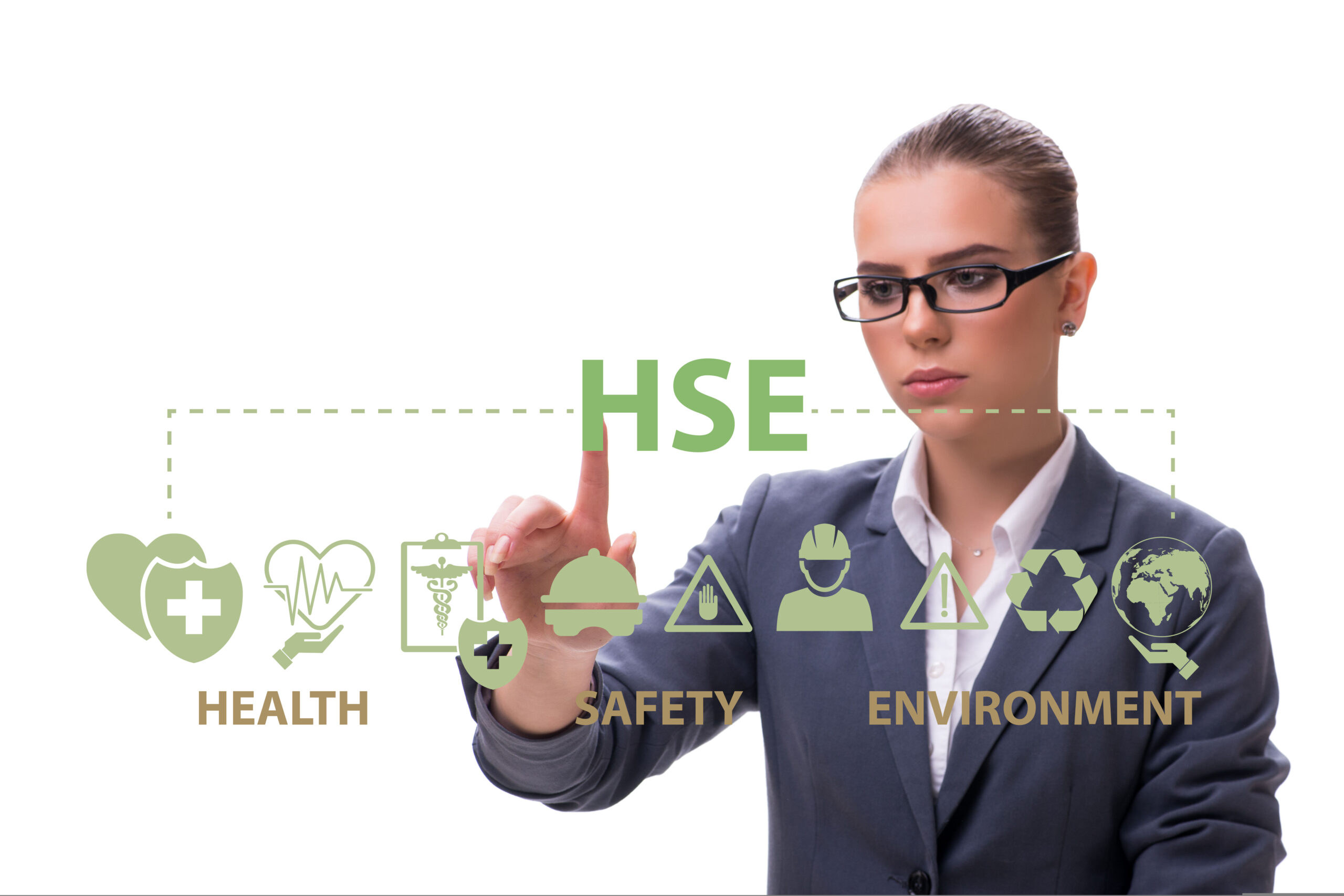EHS professionals have their hands full like never before with labor shortages. No matter the industry, companies are experiencing high turnover and difficulty retaining skilled employees. An article on the key elements behind high employee retention rates cited confidence in higher management as an important aspect of satisfaction at work and also stated that salary ranked much lower as a contributing factor. Statistics would suggest that the best practice for addressing the diminishing workforce is not offering more money, but more dynamic onboarding.
Building work relationships that include trust begins with the onboarding process. This concerns safety professionals in that safe work starts on day one. How can EHS professionals complete their jobs of keeping employees safe, when heavy turnover means that there is more training to be done and fewer knowledgeable employees available to accomplish this task? Software for tracking certifications and automating some of the administrative tasks involved in ensuring workers are at the level they need to be is certainly a useful addition, but tools are only effective when used correctly. As the saying goes, just holding a hammer does not make you a carpenter.
Companies need to create mentorship opportunities when onboarding new employees. A recent episode of “On the Safe Side” details many of the benefits of training new employees by partnering them with more experienced workers. This dynamic relational style of onboarding allows new workers to experience the correct method for carrying out operations firsthand and decreases the fear of making a mistake. That boost in confidence and extra accountability when being introduced to a task will increase the likelihood of safe work performance. The senior employee who is responsible for completing the same tasks as the new employee will be able to emphasize the need for safe work in a more meaningful way than a safety professional. Additionally, by offering greater responsibilities (the oversight of new coworkers) to seasoned employees, companies are investing in their career advancement. This improves the sense of mutual trust for all parties involved, which is another important element in employee retention.
When employees are less bogged down by administrative work that takes away from performing other daily tasks, there is more time to contribute to growing these mutually beneficial mentoring relationships. As remarked in a recent article from SHRM, “AI technology can also help companies allocate work most effectively and efficiently—making sure the right people are working on the right things and improving the odds that they will be engaged.” An influx of green workers and a diminished workforce can both increase the desire to cut corners on safety processes that take time away from productivity. Enabling partnerships between senior employees and new hires while giving them the tools to ensure the work and training are both being carried out as efficiently as possible will help EHS professionals proactively fight against these circumstances that negatively affect the health and safety of others.
Author Bio

Abigail McKay
Abigail McKay leads SafetyStratus’ growing team of contributors as the Content Manager. Abigail has a Bachelor’s Degree in English and utilizes her education to communicate to the best of her ability the input from SafetyStratus’ team of safety professionals and technology experts. She has spent the last year building up the EHS knowledge resources available to SafetyStratus users and the wider community.



